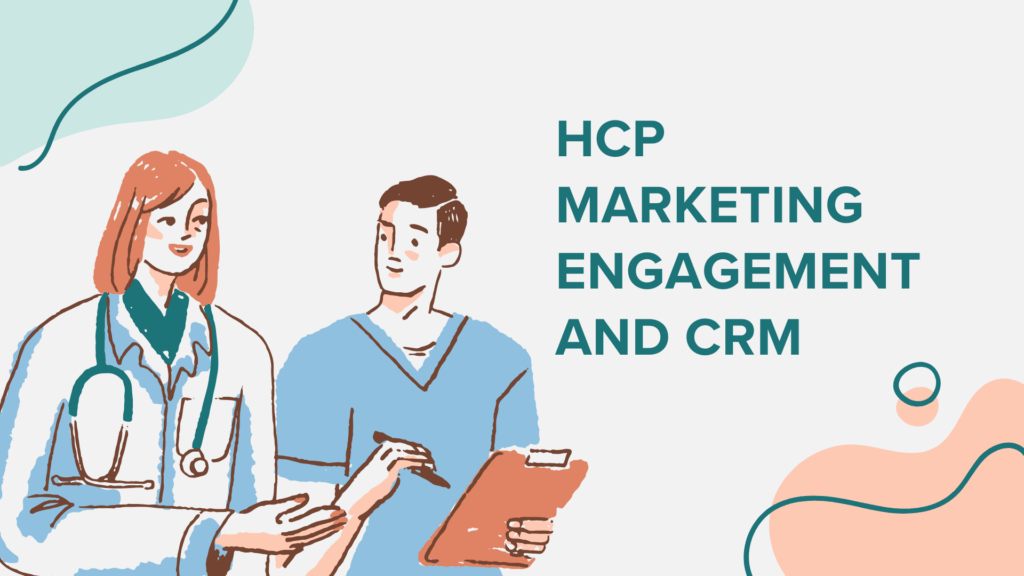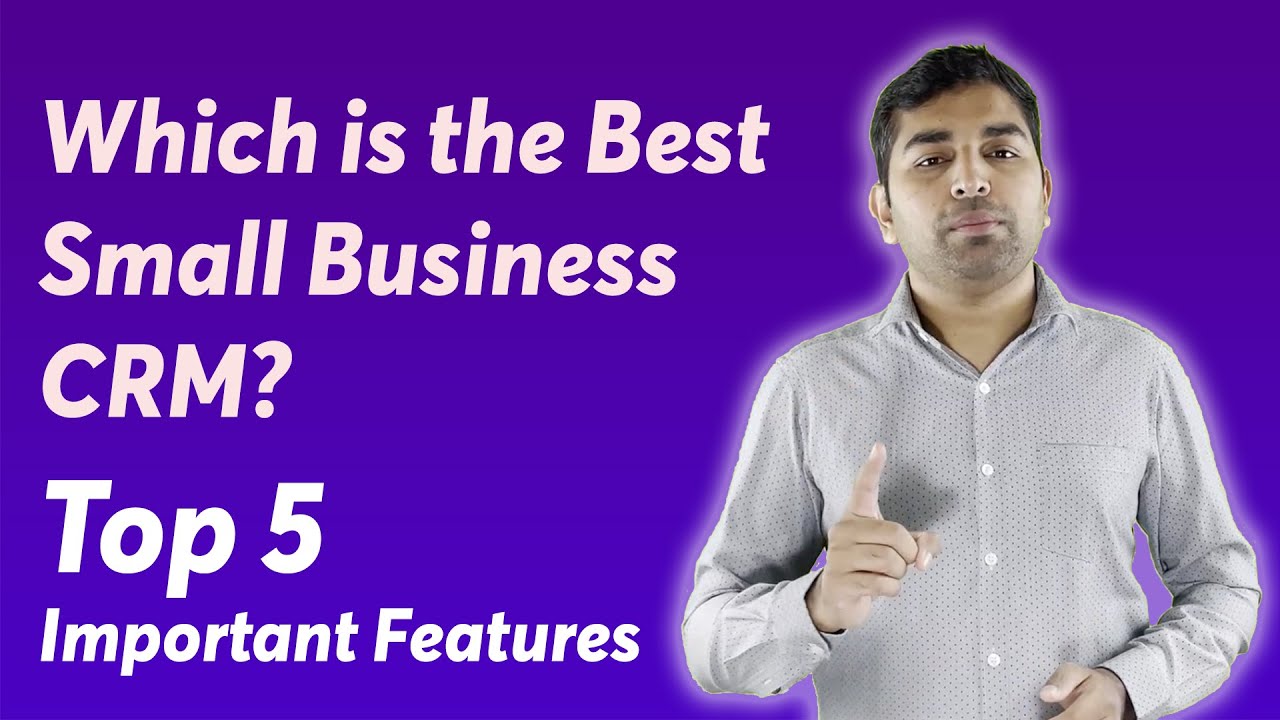
Unlocking Customer Loyalty: A Deep Dive into CRM Marketing Personalization
In today’s hyper-competitive marketplace, simply having a great product or service isn’t enough. Customers are bombarded with choices, and their loyalty is more fleeting than ever. To truly thrive, businesses need to connect with their audience on a deeper level, fostering relationships built on understanding and genuine care. This is where CRM marketing personalization steps in, offering a powerful pathway to cultivate lasting customer relationships and drive sustainable growth.
This comprehensive guide delves deep into the world of CRM marketing personalization, exploring its core principles, benefits, strategies, and practical applications. We’ll uncover how businesses can leverage the power of data and technology to create personalized experiences that resonate with individual customers, leading to increased engagement, conversion rates, and overall customer satisfaction.
What is CRM Marketing Personalization?
At its core, CRM marketing personalization is the practice of tailoring marketing efforts to individual customers based on their unique characteristics, preferences, and behaviors. It’s about moving beyond generic, one-size-fits-all messaging and delivering relevant, timely, and valuable content that speaks directly to each customer’s needs and interests. This approach is fueled by Customer Relationship Management (CRM) systems, which serve as the central hub for collecting, organizing, and analyzing customer data.
Think of it as treating each customer as an individual, not just a number. Instead of sending the same email blast to everyone, you segment your audience and craft personalized messages that address their specific pain points, goals, and desires. This could involve recommending products they’re likely to love, offering exclusive discounts based on their purchase history, or providing tailored content that helps them solve a problem.
The key components of CRM marketing personalization include:
- Data Collection: Gathering comprehensive customer data from various sources, including website activity, purchase history, social media interactions, and customer service interactions.
- Segmentation: Grouping customers into segments based on shared characteristics, such as demographics, purchase behavior, or interests.
- Personalized Content Creation: Crafting tailored messaging, offers, and content that resonate with each customer segment.
- Channel Optimization: Delivering personalized content through the most effective channels for each customer, such as email, SMS, website, or social media.
- Automation: Utilizing marketing automation tools to streamline the personalization process and ensure timely delivery of personalized content.
The Benefits of CRM Marketing Personalization
The advantages of embracing CRM marketing personalization are numerous and far-reaching. By putting the customer at the center of your marketing strategy, you can unlock a wealth of benefits that drive business success. Some of the key advantages include:
- Increased Customer Engagement: Personalized content is more likely to capture a customer’s attention and drive engagement. When customers feel understood and valued, they’re more likely to interact with your brand.
- Higher Conversion Rates: Personalized offers and recommendations are more likely to lead to conversions. By tailoring your messaging to individual needs, you can increase the likelihood of customers making a purchase or taking a desired action.
- Improved Customer Loyalty: Personalized experiences foster a sense of connection and loyalty. When customers feel like you understand them and care about their needs, they’re more likely to stick with your brand.
- Enhanced Customer Satisfaction: Personalized interactions make customers feel valued and appreciated, leading to higher levels of satisfaction. Happy customers are more likely to become brand advocates and recommend your business to others.
- Reduced Marketing Costs: By targeting the right customers with the right messages, you can reduce wasted marketing spend and improve your ROI.
- Improved Brand Reputation: Personalization demonstrates that you care about your customers and are committed to providing a positive experience, which can enhance your brand reputation.
- Increased Revenue: All of the above benefits contribute to increased revenue, making CRM marketing personalization a powerful driver of business growth.
Strategies for Implementing CRM Marketing Personalization
Successfully implementing CRM marketing personalization requires a strategic approach. Here are some key strategies to consider:
1. Data Collection and Management
The foundation of effective personalization is a robust data collection and management strategy. This involves:
- Identifying Data Sources: Determine where you can collect customer data, including your CRM system, website analytics, social media platforms, email marketing platform, and customer service interactions.
- Choosing Data Points: Decide which data points are most relevant to your personalization goals, such as demographics, purchase history, browsing behavior, and communication preferences.
- Ensuring Data Quality: Implement measures to ensure data accuracy and completeness. Regularly cleanse and update your data to maintain its integrity.
- Implementing Data Privacy: Comply with all relevant data privacy regulations, such as GDPR and CCPA, and obtain customer consent for data collection and use.
2. Customer Segmentation
Once you have a solid foundation of customer data, you can start segmenting your audience. This involves grouping customers into segments based on shared characteristics. Common segmentation criteria include:
- Demographics: Age, gender, location, income, education, etc.
- Psychographics: Interests, values, lifestyle, personality traits, etc.
- Purchase History: Products purchased, frequency of purchase, average order value, etc.
- Behavior: Website activity, email engagement, social media interactions, etc.
- Customer Lifecycle Stage: New customer, returning customer, loyal customer, etc.
The more granular your segmentation, the more effective your personalization efforts will be. However, be mindful of creating too many segments, as this can become difficult to manage. Aim for a balance between granularity and practicality.
3. Content Personalization
With your audience segmented, you can start creating personalized content. This involves tailoring your messaging, offers, and content to resonate with each segment. Consider these tactics:
- Personalized Email Marketing: Send targeted email campaigns based on customer preferences, purchase history, and behavior. Use dynamic content to insert customer names, product recommendations, and other personalized elements.
- Website Personalization: Customize your website content based on customer behavior and preferences. Display personalized product recommendations, offers, and content based on their browsing history and other data.
- Personalized Advertising: Target your advertising campaigns to specific customer segments on platforms like Google Ads and social media. Use personalized ad copy and creative to increase engagement.
- Personalized Product Recommendations: Recommend products that are relevant to each customer’s interests and purchase history. Use algorithms to identify products that they are likely to be interested in.
- Personalized Customer Service: Provide personalized customer service by addressing customers by name, referencing their past interactions, and offering tailored solutions to their problems.
4. Channel Optimization
The channel you use to deliver your personalized content is just as important as the content itself. Consider the following:
- Email: A powerful channel for personalized communication, allowing you to send targeted messages directly to customers’ inboxes.
- Website: Use website personalization tools to tailor the content and offers displayed to each visitor.
- SMS: Send timely and relevant messages via SMS, such as appointment reminders, order updates, and exclusive offers.
- Social Media: Engage with customers on social media platforms, and use personalized advertising to reach specific segments.
- In-App Messaging: If you have a mobile app, use in-app messaging to provide personalized recommendations, offers, and support.
Analyze your customer data to determine which channels are most effective for reaching each segment. Test different channels to see which ones generate the best results.
5. Automation and Tools
Marketing automation tools are essential for streamlining the personalization process. These tools allow you to automate various tasks, such as:
- Email Marketing Automation: Set up automated email sequences triggered by customer behavior, such as welcome emails, abandoned cart emails, and post-purchase follow-up emails.
- Website Personalization Automation: Use website personalization tools to dynamically display personalized content based on customer behavior.
- Lead Scoring: Automatically score leads based on their engagement and behavior, and prioritize them for personalized follow-up.
- CRM Integration: Integrate your CRM system with your marketing automation tools to ensure seamless data flow and personalization efforts.
Choose the right tools for your needs and budget. Popular options include:
- CRM Systems: Salesforce, HubSpot, Zoho CRM, Microsoft Dynamics 365
- Email Marketing Platforms: Mailchimp, ActiveCampaign, ConvertKit, Sendinblue
- Marketing Automation Platforms: Marketo, Pardot, Eloqua, HubSpot
- Website Personalization Tools: Optimizely, Dynamic Yield, Personyze
6. Testing and Optimization
Personalization is an ongoing process that requires continuous testing and optimization. Regularly analyze your results and make adjustments to your strategies to improve performance. Consider these best practices:
- A/B Testing: Test different versions of your personalized content, offers, and calls to action to see which ones perform best.
- Data Analysis: Track key metrics, such as open rates, click-through rates, conversion rates, and customer lifetime value, to measure the success of your personalization efforts.
- Feedback Collection: Gather customer feedback through surveys, reviews, and social media monitoring to understand their preferences and needs.
- Iteration: Continuously refine your personalization strategies based on your data analysis and customer feedback.
Real-World Examples of CRM Marketing Personalization
Let’s explore some real-world examples of how businesses are successfully implementing CRM marketing personalization:
- Amazon: Amazon is a master of personalization. They use customer data to recommend products, display personalized search results, and send targeted email campaigns. Their “Customers who bought this item also bought” feature is a classic example of personalized product recommendations.
- Netflix: Netflix personalizes the user experience by recommending movies and TV shows based on viewing history and preferences. They also create personalized artwork and trailers for each user.
- Spotify: Spotify personalizes playlists based on listening habits and preferences. They create “Discover Weekly” playlists and other personalized recommendations to keep users engaged.
- Starbucks: The Starbucks app allows customers to order and pay ahead, and also offers personalized rewards and promotions based on their purchase history.
- Sephora: Sephora’s Beauty Insider program offers personalized product recommendations, exclusive offers, and birthday gifts based on customer preferences and purchase history.
These examples demonstrate the power of personalization in driving customer engagement, loyalty, and revenue. By learning from these successful examples, you can adapt these strategies to your own business.
Challenges and Considerations
While CRM marketing personalization offers significant benefits, it also presents some challenges and considerations:
- Data Privacy: It’s crucial to comply with data privacy regulations and obtain customer consent for data collection and use. Be transparent about how you collect and use customer data.
- Data Security: Protect customer data from security breaches and unauthorized access. Implement robust security measures to safeguard sensitive information.
- Resource Requirements: Implementing CRM marketing personalization requires resources, including technology, personnel, and time. Ensure you have the necessary resources to support your efforts.
- Complexity: Personalization can be complex, especially for businesses with large customer bases and diverse product offerings. Start small and gradually scale your efforts.
- Over-Personalization: Avoid over-personalizing your marketing efforts, which can be perceived as intrusive or creepy. Maintain a balance between personalization and respect for customer privacy.
- Measurement and Attribution: Accurately measuring the impact of personalization can be challenging. Use appropriate analytics tools and attribution models to track the results of your efforts.
The Future of CRM Marketing Personalization
The future of CRM marketing personalization is bright. As technology continues to evolve, we can expect to see even more sophisticated and effective personalization strategies. Key trends to watch include:
- Artificial Intelligence (AI): AI will play an increasingly important role in personalization, enabling businesses to analyze vast amounts of data, predict customer behavior, and automate personalized experiences.
- Machine Learning (ML): ML algorithms will be used to optimize personalization efforts, identify new customer segments, and personalize content in real-time.
- Hyper-Personalization: Businesses will move towards hyper-personalization, tailoring experiences to individual customers based on their real-time behavior and context.
- Voice Assistants: Voice assistants will be integrated into personalization strategies, allowing customers to interact with brands through voice commands.
- Personalization at Scale: Businesses will focus on scaling their personalization efforts to reach a wider audience while maintaining a high level of personalization.
Embracing these trends will be crucial for businesses that want to stay ahead of the curve and deliver exceptional customer experiences.
Conclusion: Embracing the Power of Personalization
CRM marketing personalization is no longer a luxury; it’s a necessity for businesses that want to thrive in today’s competitive landscape. By leveraging the power of data, technology, and a customer-centric approach, you can create personalized experiences that drive engagement, loyalty, and revenue. By understanding the core principles, strategies, and best practices outlined in this guide, you can embark on a journey to transform your marketing efforts and build lasting customer relationships.
Remember to start with a solid data foundation, segment your audience effectively, create compelling personalized content, optimize your channels, and continuously test and refine your strategies. By embracing the power of personalization, you can unlock a world of opportunities and achieve sustainable growth.
So, take the first step today. Analyze your customer data, identify your key segments, and start crafting personalized experiences that will resonate with your audience. The rewards of CRM marketing personalization are well worth the effort.

